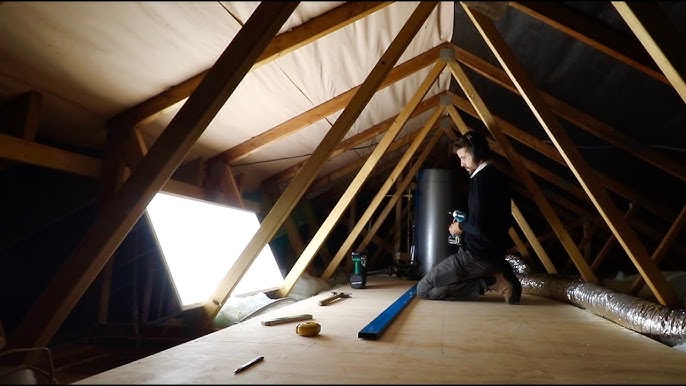It is essential to understand what potential pollutants could reduce the quality of indoor air, especially for homeowners and real estate developers. Indoor air quality can significantly impact health and overall well-being. Various pollutants can be present in indoor environments, and addressing them proactively is crucial.

Introduction to Indoor Air Quality
Indoor air quality (IAQ) refers to the air quality within and around buildings. IAQ is essential as it affects the health, comfort, and well-being of occupants.

Common Indoor Air Pollutants
1. Volatile Organic Compounds (VOCs)
Volatile Organic Compounds (VOCs) are a group of chemicals found in many household products. They can be released from paints, cleaning supplies, and furniture, causing respiratory and other health problems.
2. Particulate Matter (PM)
Particulate matter (PM) includes dust, pollen, and smoke particles. These particles can be inhaled, causing lung irritation and exacerbating conditions like asthma.
3. Carbon Monoxide (CO)
Carbon monoxide (CO) is a colorless, odorless gas that is extremely dangerous. It results from burning fuel in vehicles, stoves, and other combustion sources.
Learn about basic indoor air quality from the EPA.
4. Biological Contaminants
Biological contaminants include mold, bacteria, and dust mites. These can cause allergic reactions, infections, and even chronic illnesses.

Sources of Indoor Air Pollutants
1. Household Products
Many household products such as cleaners, paints, and pesticides contain harmful chemicals that can pollute indoor air.
2. Building Materials
Construction materials, especially those used in older buildings, can release pollutants like asbestos and formaldehyde into the air.
3. HVAC Systems
Poorly maintained HVAC systems can become breeding grounds for mold and bacteria, circulating contaminated air throughout a building.
4. Outdoor Sources
Outdoor pollution can also enter through windows, doors, and ventilation systems, affecting indoor air quality.
Effects of Poor Indoor Air Quality
1. Respiratory Issues
Exposure to air pollutants can lead to respiratory problems like asthma, bronchitis, and other lung diseases.
2. Allergies
Indoor allergens such as mold, dust, and pet dander can cause allergic reactions, including sneezing, itching, and watery eyes.
3. Long-term Health Effects
Long-term exposure to indoor air pollutants can lead to more severe health issues such as heart disease, cancer, and other chronic conditions.
Improving Indoor Air Quality
1. Ventilation
Proper ventilation is key to reducing indoor air pollutants. It helps to bring in fresh air and remove stale, contaminated air.
2. Air Purifiers
Using air purifiers with HEPA filters can help remove many airborne particles, including dust, pollen, and pet dander.
3. Regular Cleaning
Frequent cleaning helps reduce dust and other contaminants, improving overall air quality.
4. Green Construction Techniques
Adopting green construction techniques can also help in maintaining better air quality. Learn more from our article on green construction practices.
Innovative Solutions to Combat Indoor Air Pollution
1. Building with Recycled Materials
Utilizing recycled building materials can reduce the introduction of new pollutants. Explore more in our article on recycled building materials.
2. Low-Impact Development
Implementing low-impact development techniques helps in maintaining a healthier indoor atmosphere. Learn about it by visiting our page on low-impact development.
Conclusion
Indoor air quality is crucial for the health and well-being of all occupants. Understanding and mitigating potential pollutants through vigilant maintenance and adopting improved construction techniques will lead to a healthier living environment.
FAQs
1. What are common symptoms of poor indoor air quality?
Common symptoms include headaches, dizziness, respiratory issues, and allergic reactions.
2. How often should HVAC systems be inspected?
HVAC systems should be inspected at least once a year to ensure they are functioning correctly.
3. Can indoor plants improve air quality?
Yes, certain indoor plants can help improve air quality by absorbing pollutants and releasing oxygen.
As an Amazon Associate, I earn from qualifying purchases.




